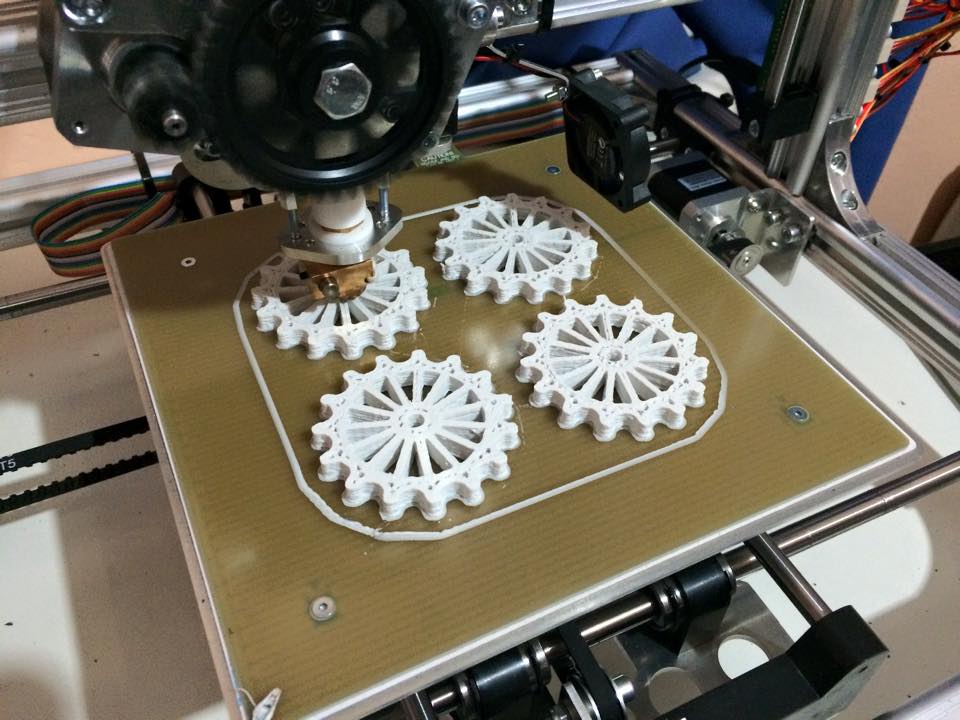Modern art is no longer just paint on canvas—it’s digital, interactive, and sometimes even created by artificial intelligence. As technology evolves, so does the way artists express themselves, pushing boundaries in ways that would have been unthinkable just a few decades ago. From AI-generated paintings to virtual reality experiences, technology is redefining what art can be. Here are the biggest ways tech is shaping modern art today.
AI-Generated Art Is Challenging Creativity
Artificial intelligence is no longer just assisting artists—it’s creating its own masterpieces. AI programs like DALL·E and Midjourney can generate stunning images in seconds, sparking debates about whether machines can be true artists. While some purists resist AI’s role in creativity, others embrace it as a revolutionary tool for inspiration and experimentation.
Digital Art and NFTs Are Reshaping Ownership
Digital art has exploded in popularity, thanks to blockchain technology and NFTs (non-fungible tokens). Artists can now sell digital works as unique, authenticated assets, ensuring ownership in a way that wasn’t possible before. While some see NFTs as a passing trend, others believe they’re the future of collecting and monetizing art in the digital age.
Virtual Reality (VR) Is Making Art Immersive
Why just look at a painting when you can step inside it? Virtual reality is transforming the art experience, allowing viewers to explore three-dimensional, interactive spaces. Museums and galleries are embracing VR to create exhibitions where visitors can “walk through” a masterpiece, making art more engaging than ever before.
Augmented Reality (AR) Brings Art to Life
Augmented reality is blending digital and physical art, allowing people to see virtual elements layered over real-world spaces. Apps let users point their phones at a painting and watch it animate, revealing hidden details and stories. AR is making public art more interactive, turning murals and sculptures into dynamic, living pieces.
Robotics Are Becoming an Artistic Medium
Artists aren’t just using robots—they’re making robots part of the art itself. From mechanical arms creating intricate paintings to installations that respond to human movement, robotics are pushing the boundaries of artistic expression. Some artists even collaborate with robots, blurring the lines between man and machine.
3D Printing Is Revolutionizing Sculpture
Sculpture is no longer limited to chisels and clay—3D printing allows artists to create intricate, highly detailed works that were once impossible to produce by hand. This technology is enabling artists to experiment with new materials and forms, making sculptural art more futuristic and accessible.
Social Media Is Changing How Art Is Shared
In the past, artists needed galleries to gain recognition. Now, platforms like Instagram and TikTok allow artists to showcase their work to global audiences instantly. Social media has democratized the art world, giving independent creators the ability to build a following and sell directly to collectors without needing traditional gatekeepers.
Data-Driven Art Reflects the Digital Age
Artists are increasingly using data as a medium, transforming statistics, algorithms, and real-time information into visually stunning works. Whether it’s climate data turned into dynamic light installations or music generated by analyzing social media trends, data-driven art is a fascinating reflection of our tech-driven world.
AI and Machine Learning Are Creating New Art Forms
Beyond AI-generated images, machine learning is helping artists explore new creative processes. Algorithms can analyze thousands of art pieces to generate new styles, suggest compositions, or even collaborate with human artists. The result? A fusion of human intuition and machine precision, opening doors to endless creative possibilities.
Technology Is Making Art More Accessible
Thanks to digital advancements, art is reaching wider audiences than ever before. Online exhibitions, virtual galleries, and AI-curated collections allow people from all over the world to experience great works without ever stepping into a museum. Whether it’s through interactive apps or live-streamed performances, technology is breaking down barriers and making art more inclusive.
Modern art is evolving at the speed of technology, and the results are nothing short of revolutionary. While some fear that tech might overshadow traditional artistic skills, many artists see it as a new frontier—one that expands creativity rather than replacing it. As innovation continues, the intersection of technology and art will only become more exciting, redefining what’s possible in the creative world.

